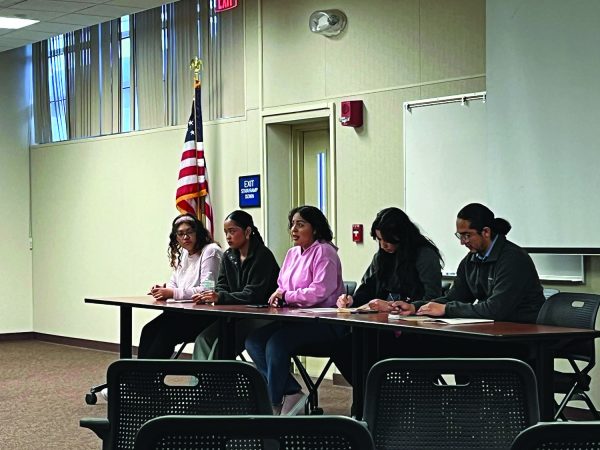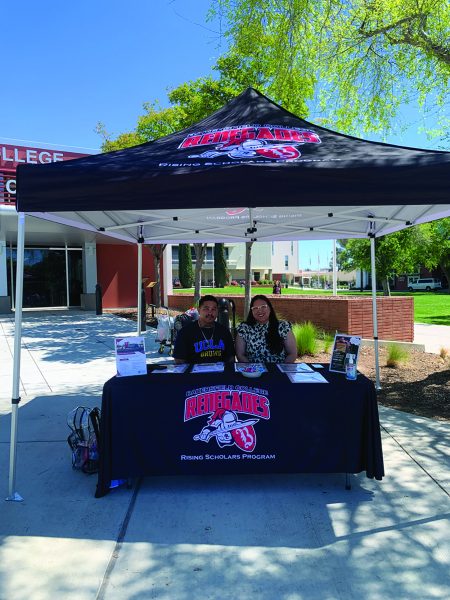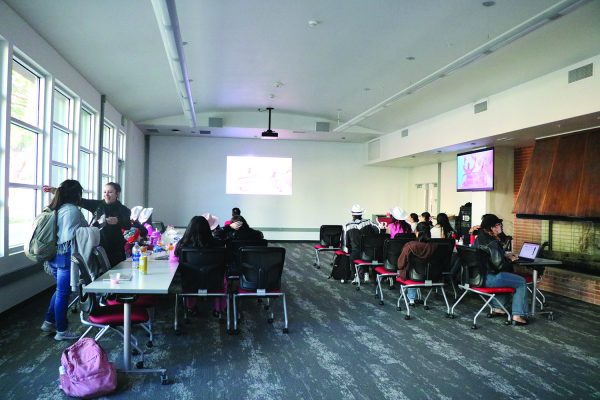Hot cars continue to cause child deaths
October 4, 2019
As the weather begins to cool down, parents and childcare providers need to be aware that the threat of heatstroke still lies within the sealed interiors of vehicles regardless of the outside temperature.
Since 1998, 844 children in the United States have died from heatstroke while locked inside a car, or Pediatric Vehicular Heatstroke (PVH).
As of Oct. 1, the most recent instance of PVH is the case of 4-month-old Samora Cousin, an infant from Phoenix, Arizona. According to reports, the Phoenix fire department found Samora in the backseat of a van in a parking lot, unresponsive; she was pronounced dead at the scene.
Two days prior, reports from Georgia mourned the deaths of Raelynn and Payton Keyes, 3, a pair of twins found dead in a car in Hinesville. The death toll from PVH so far this year is 47; 2018 saw the deaths of 53 children, the highest number recorded since 2010.
Jan Null, of the Department of Meteorology & Climate Science at San Jose State University, began his study of internal car temperatures in 2001. His research found that within 30 minutes, the air inside a car can reach up to 120 degrees Fahrenheit on an 80-degree day.
These temperatures can differ depending on the temperature outside, but they rise quickly and can become a medical hazard for young children within minutes. While healthy adults can regulate their body temperature, conditions, such as those in a hot vehicle, can make it hard to do so; add in a child’s sensitivity to heat and the risk surges. According to Mayo Clinic, heatstroke occurs when the internal body temperature reaches 104 degrees or higher. If their temperature rises over 107 degrees, they risk damage to the brain, heart, and eventually death if not subdued. Heatstroke symptoms include high body temperature, confusion, nausea, rapid breathing, and headache, among others. Heatstroke is considered a medical emergency and must be treated as soon as possible to avoid further damage to the body. In most of the cases of PVH deaths this year, the children were forgotten or left in the hot vehicles for several hours only to be found unresponsive and beyond the help from aid.
Null suggests for child caretakers to develop new habits while traveling with a child,
“Keep a stuffed animal in the car seat, and when the child is in the seat, place the animal in the front with the driver. Or, place your purse, briefcase, or cell phone in the back seat as a reminder that you have your child in the car. Make ‘look before you leave’ a routine whenever you get out of the car.”
Source: https://www.noheatstroke.org












